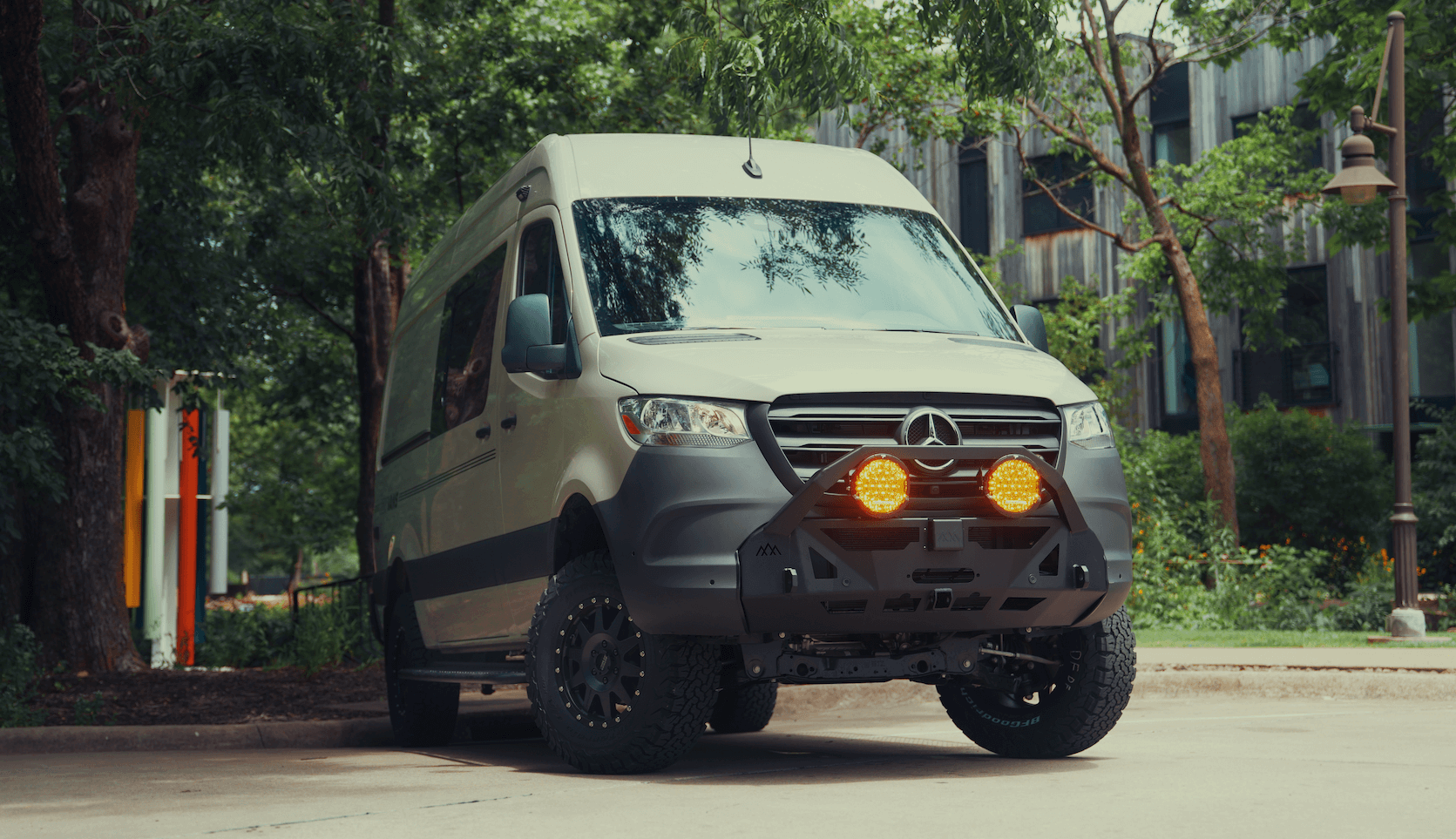Recreational Vans

A propane stove remains the go to choice for camp cooking because it lights fast, simmers with control, and keeps working when temperatures drop. Before buying, consider how you actually cook. Do you boil water for coffee and dehydrated meals, or do you sear steaks and simmer sauces. That answer guides burner count, grate style, and BTU range.
Common formats include portable tabletop stoves, drop in cooktops, and full slide out galleys. Two burner models handle most trips, while a single burner saves counter space. Look for steady simmer control, not just the highest BTU rating. An even flame and responsive valve give you better results than a max output torch.
Ignition style matters. Piezo igniters are convenient but carry a finite life. Manual lighting with a spark tool or lighter is simple and dependable. If you choose a built in cooktop, check for sealed burners and removable grates that clean easily after dusty road days.
Fuel connections should match your use pattern. One pound canisters are simple for short trips. A properly mounted cylinder with a regulator and quick connect line suits extended travel. Quality regulators, hoses, and brass fittings reduce pressure drop and improve consistency. Choose cookware that matches the flame pattern. Wide bottom pans distribute heat and help prevent hot spots.
Any open flame needs oxygen and creates byproducts. Good airflow is the difference between cozy meals and stale air. Plan for a roof fan or vent, plus cross flow from a window or door screen. Run the fan on low while cooking to remove moisture and fumes without robbing the flame of oxygen.
A carbon monoxide detector is non negotiable. Install a unit designed for mobile use and test it monthly. Propane is heavier than air, so a propane gas detector near the floor adds another layer of protection. Keep a dry chemical fire extinguisher within easy reach of the galley.
Check connections with a spray bottle of soapy water before trips and any time fittings are serviced. Bubbles indicate a leak that needs attention. Use compatible thread sealant where specified by the fitting manufacturer, and never over tighten. Protect flexible hoses from pinch points and abrasion, especially in slide outs and under cabinet runs.
Even a clean burning flame produces carbon monoxide. Cross ventilation and a roof fan dilute and remove it quickly. Avoid running a stove for space heat. If an alarm sounds, shut off the flame, open doors and windows, and allow fresh air to clear the space before relighting.
Store cylinders upright in a ventilated compartment away from heat sources and ignition points. Secure them to prevent movement on rough roads. Keep valve caps or plugs in place when disconnected. Do not transport cylinders in sleeping areas, and avoid leaving them in direct sun for extended periods.
Performance comes down to control, wind management, and fuel planning. Wind shields help more than raw BTU numbers, especially outdoors or in a slide out galley. A lid that acts as a wind screen can cut boil times and improve simmer stability. At altitude, water boils at a lower temperature, so expect slightly longer cook times and use a tight fitting lid.
Propane outperforms butane in the cold thanks to its lower boiling point. Very low temperatures can still reduce vaporization. A larger cylinder with greater surface area supplies vapor more consistently than a small canister. Keep regulators and lines free of frost and ice buildup.
Clean burners often. Food residue and dust can clog ports and create uneven flames. If a burner sputters or flares yellow, shut it down, allow it to cool, and inspect the jet and air intake. Replace worn gaskets on caps and fittings to maintain a tight seal. A tidy galley is a reliable galley.
Most two burner camp meals use a modest amount of fuel. As a rough guide, a pair of average burners might consume about one pound of propane in two to four hours of mixed use. Make a simple log for a few trips, noting meals cooked and time on flame. Your own data will predict how much to carry better than any chart.
Carry spare O rings, a backup igniter, a small brush for burner ports, and thread sealant approved for gas fittings. If an igniter fails, light manually until you can replace it. If a flame lifts or pulses, check for wind, regulator icing, or a partially closed valve. When in doubt, shut off the supply and inspect methodically.
If you want a propane stove in a camper that cooks like home, start with layout, airflow, and secure fuel storage. A well designed cabinet, proper clearances, and clean ducting turn safety into a habit rather than a chore. That is where a professional build pays you back every single meal.
OZK Customs designs and builds complete camper galleys with integrated propane systems, ventilation, and storage that match your travel style. Explore our Recreational vans, see what a fully tailored kitchen can be on our Custom build van page, or browse finance friendly options at Mainstream vans. Based in Fayetteville Arkansas, we build for road tested reliability, clean installs, and effortless daily use.
Tell us how you cook and where you roam. We will design a propane kitchen that breathes well, stores smart, and turns out great meals without hassle. Share your trip goals and let OZK Customs build the galley you will trust on every mile.
Ready for a purpose built camper kitchen with safe propane integration, clean ventilation, and reliable power management? Tell us how you travel and we will design a custom galley that fits your routes, cookware, and fuel strategy. Submit the form and let OZK Customs turn your cooking plan into a dialed, road tested build.
ADDRESS:
6159 E Huntsville Rd, Fayetteville, AR 72701
PHONE:
(479) 326-9200
EMAIL:
info@ozkvans.com